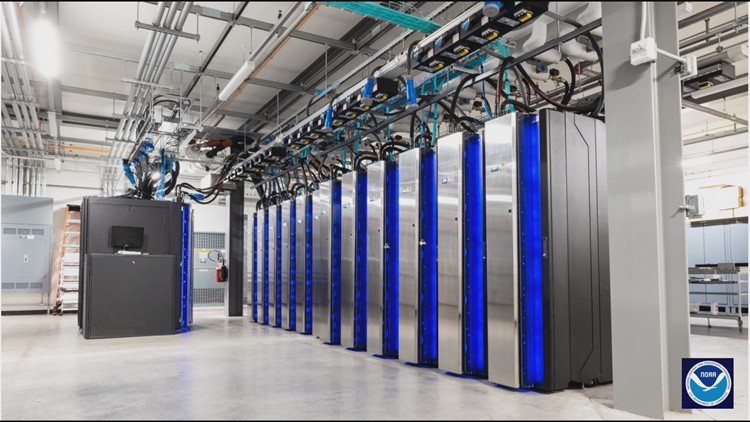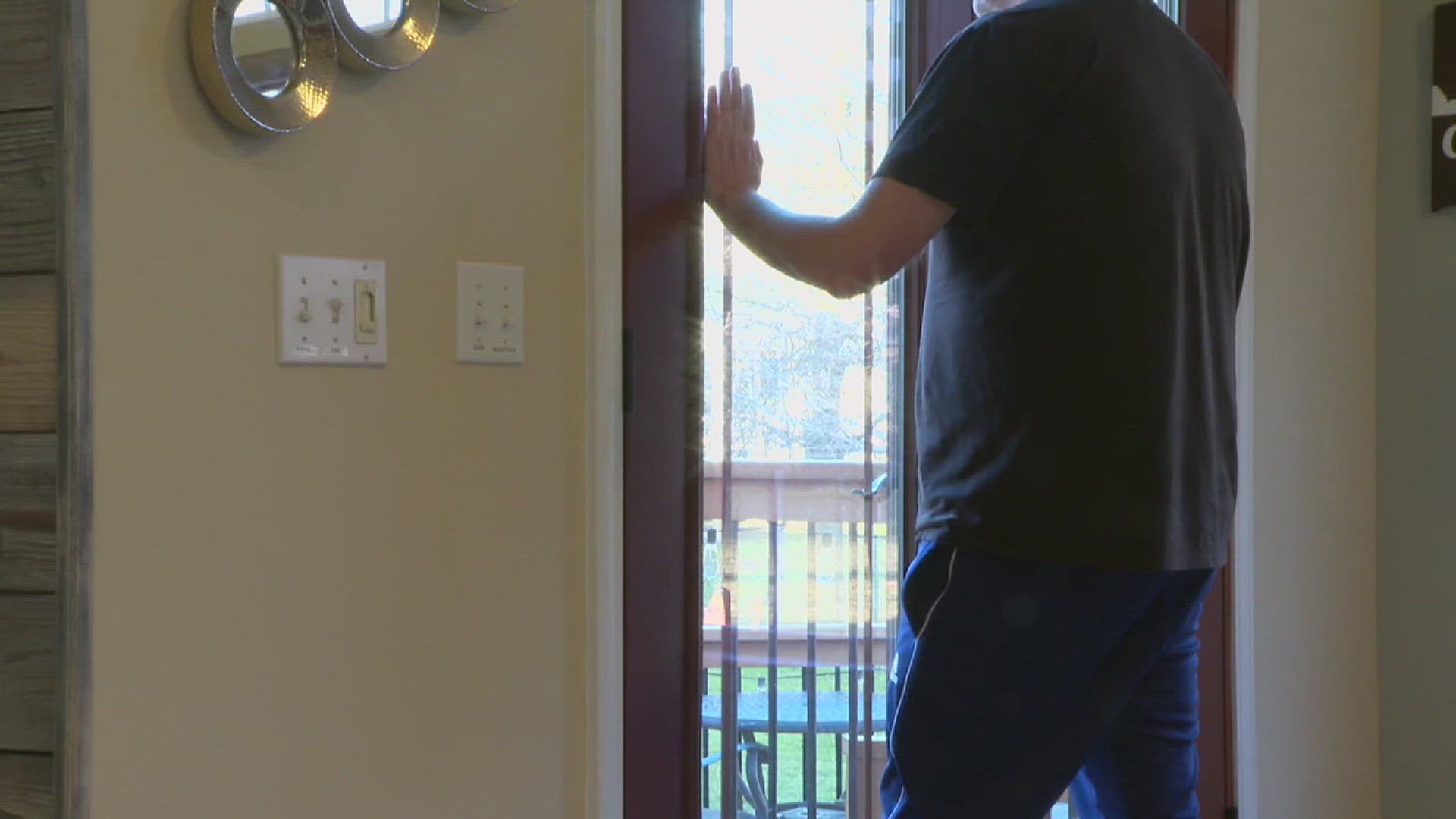MOLINE, Ill. — This week, the National Oceanic and Atmospheric Administration added two new supercomputers to its fleet. The computers, named Dogwood and Cactus after the flora in their new homes of Virginia and Arizona, use National Weather Service data to predict any kind of weather imaginable – hurricanes, tornadoes, extreme heat and even weather in space.
It has been four years since NOAA last adopted new supercomputers. Dogwood and Cactus are the product of a partnership between NOAA and General Dynamics Information Technology in 2020.
Each supercomputer has a speed of 12.1 petaflops, which means it’s able to process about 12 quadrillion operations per second. That’s three times faster than the previous computer system. Each computer also has a storage capacity of 42 petaflops. In comparison, the four previous supercomputers in West Virginia, Tennessee, Mississippi and Colorado had a combined capacity of 18 petaflops.
The enhanced computing and storage capacity will allow NOAA to better capture weather events like severe thunderstorms, cloud formation and precipitation. It also allows for the creation of more simulations. All of this will result in more accurate forecast and warnings for public safety.
These supercomputers will upgrade the U.S. Global Forecast System this fall. The GFS is a weather forecast model that generates data for the atmosphere and land-soil variables such as temperatures, winds, precipitation, soil moisture and atmospheric ozone concentration.
In 2023, NOAA is planning to launch a new hurricane forecast model called Hurricane Analysis and Forecast System. With this system we can extend our hurricane forecast out to seven days instead of the five days out that we can currently track.
The new supercomputers will allow NOAA’s Environmental Modeling Center to implement new applications created by model developers across the U.S. under the Unified Forecast System over the next five years.
With Dogwood and Cactus being ranked the 49th and 50th fastest computers in the world by TOP500, the advancement we can make in weather prediction by the end of the decade is beyond the atmosphere!



